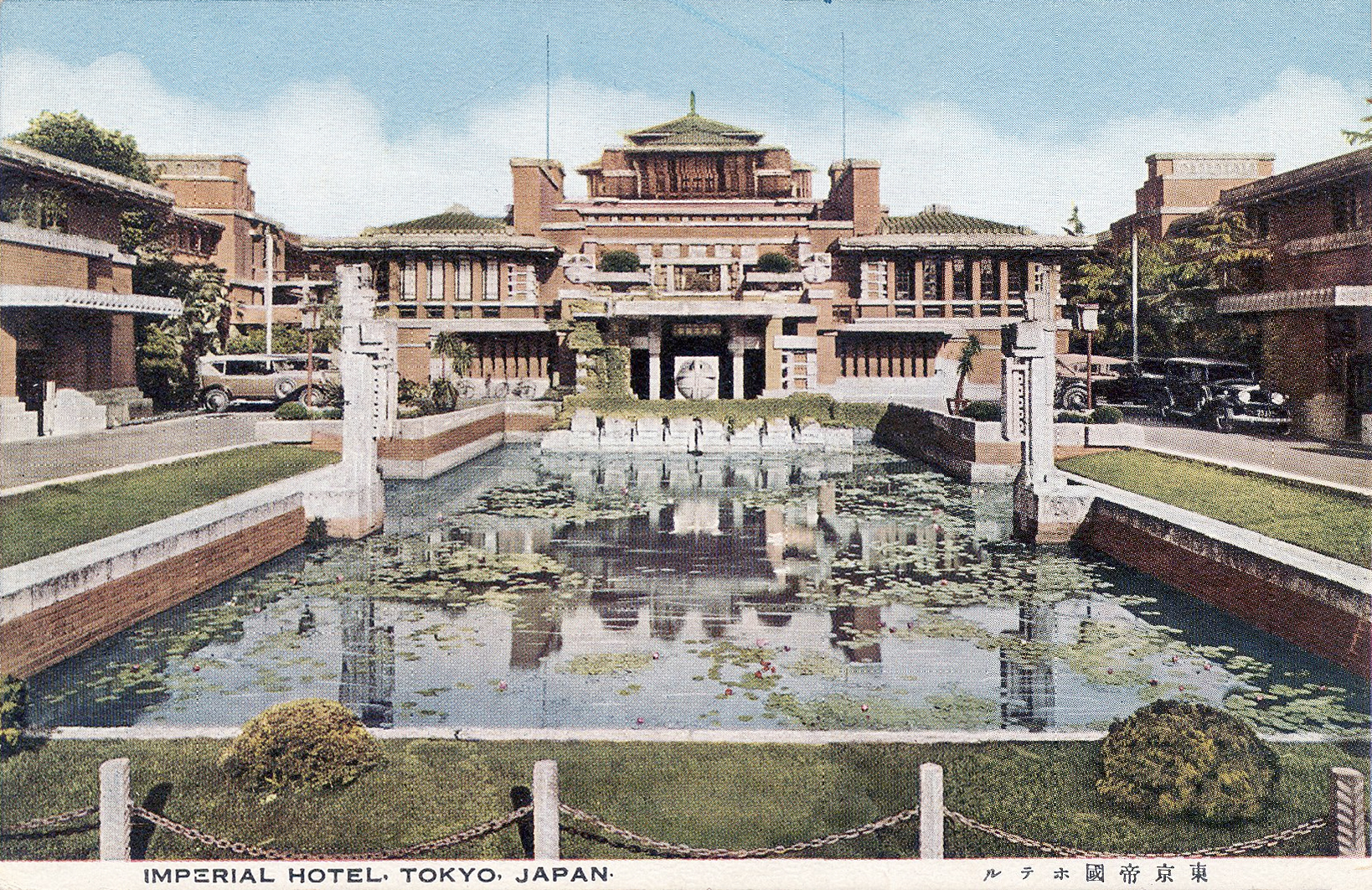(Beware, today I’m stretching the definition of sculpture.)
A creative mind wants to create, no matter the circumstances. What else could be the reason for trench art?
Those of lesser means still have creative minds among their number. Even in poverty, these creative minds finds ways to express themselves – sometimes even when they are enslaved. Such is the history of face jugs. Face jugs are an art form dating back to the Mesopotamian cultures. In America, the concept of face jugs came from blacks who had been sold into slavery. There’s no firm explanation of why the slaves made face jugs, but they were culturally and religiously significant, and slave-made face jugs have been found along the trails of the Underground Railroad and associated with slave burials.
Face jugs were adopted as an art form by white potters in the early 19th century. In my local area, they’re a popular product of the potteries in Seagrove, NC. I’ll tell you that they aren’t even eligible for my list of “things that I’ll allow in my house”, even though Mrs. Freeholder has a small one in the china cabinet, but they are very popular with many local pottery collectors and tourists. The art form has spread in to North and South Carolina, Georgia, Virginia and West Virginia. Interestingly, the art of slaves became the art of the poor in the Appalachian mountains and other places. Clay is cheap and building and firing a kiln is more an issue of labor than money if one is building their own.





Huh. Never hearda trench art or face jugs. You, sir, are downright educational.
And if you’re the Freeholder who commented on NFO’s blog post about blue vs. green grass: well said.
You’re welcome, and yes, that was me.